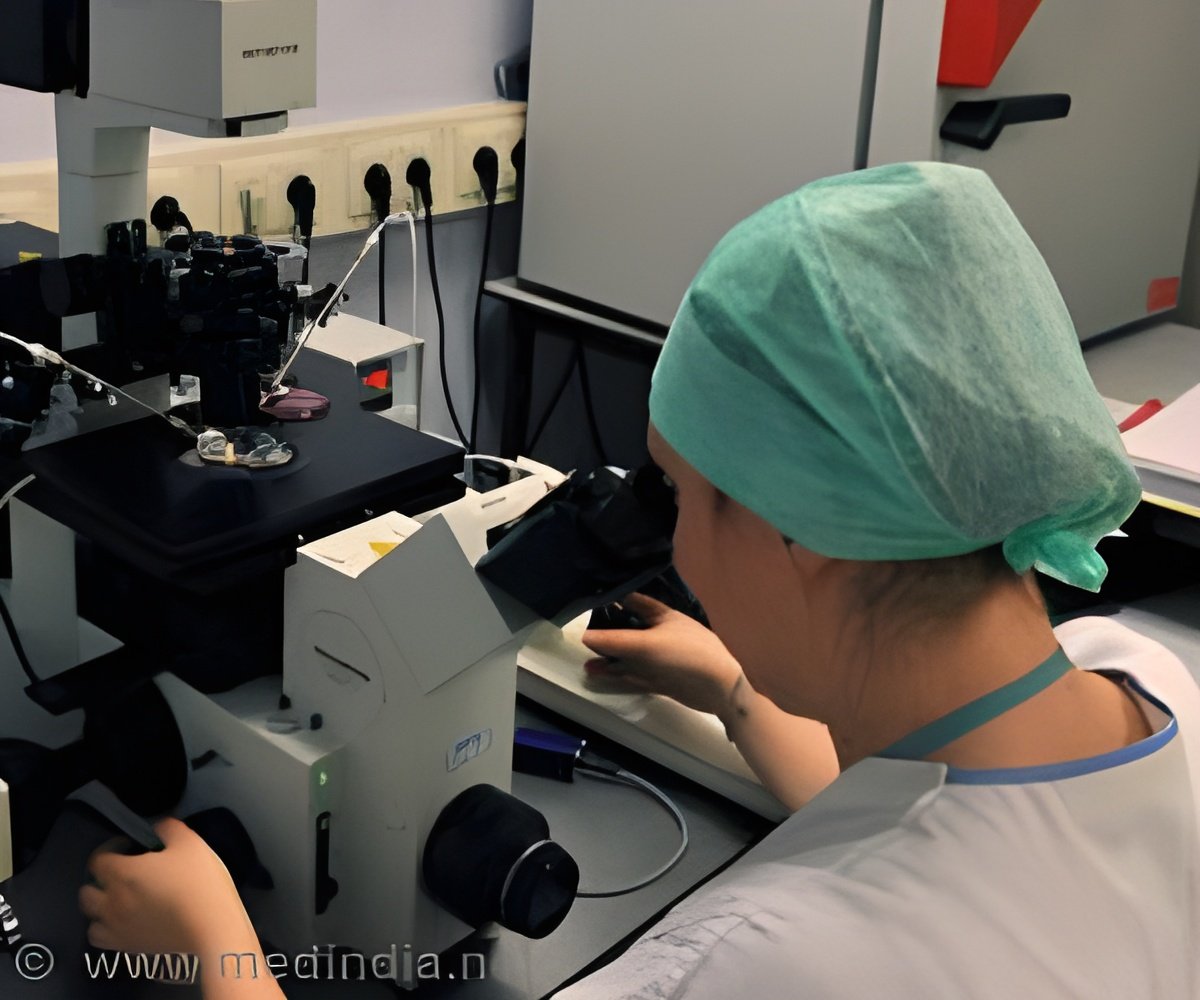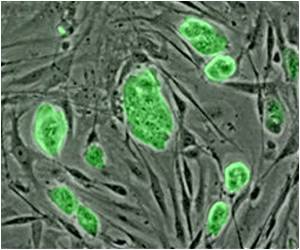Danish investigators has shown how to identify pathogens faster, directly from clinical samples.

The investigators used a technique known as whole genome sequencing to identify and completely characterize bacteria causing urinary tract infections. In just 18 hours, they identified the culprit microorganisms, characterized the pathogens' patterns of antibiotic susceptibility, and identified specific strains.
"Using conventional methodologies this would have taken several days to weeks, and even using whole genome sequencing on cultured bacteria would have taken an extra day," says Frank M. Aarestrup of the Technical University of Denmark, Lyngby, an author on the study.
Their work will help patients heal more quickly and avoid unnecessarily prolonged illness and even death. It will also help prevent outbreaks of hospital-acquired disease, and identify emerging infections.
"Rapid identification of the causative agent, and of any antibiotic resistance is crucial to choosing the correct treatment for individual patients," says Aarestrup. "Choosing the wrong antibiotic will lead to longer infections and in the worst case, deaths."
The investigators also identified bacteria in the patient samples that they did not detect using conventional techniques. "Lactobacillus iners, Gardnerella vaginalis, Prevotella, and A. urinae have all been implicated in [urinary tract infections], even though their precise roles as pathogens and normal colonizers of the genital tract have not been firmly established," write the researchers. They note that by conventional methods A. urinae is rarely identified but frequently misclassified.
Advertisement
Source-Eurekalert









